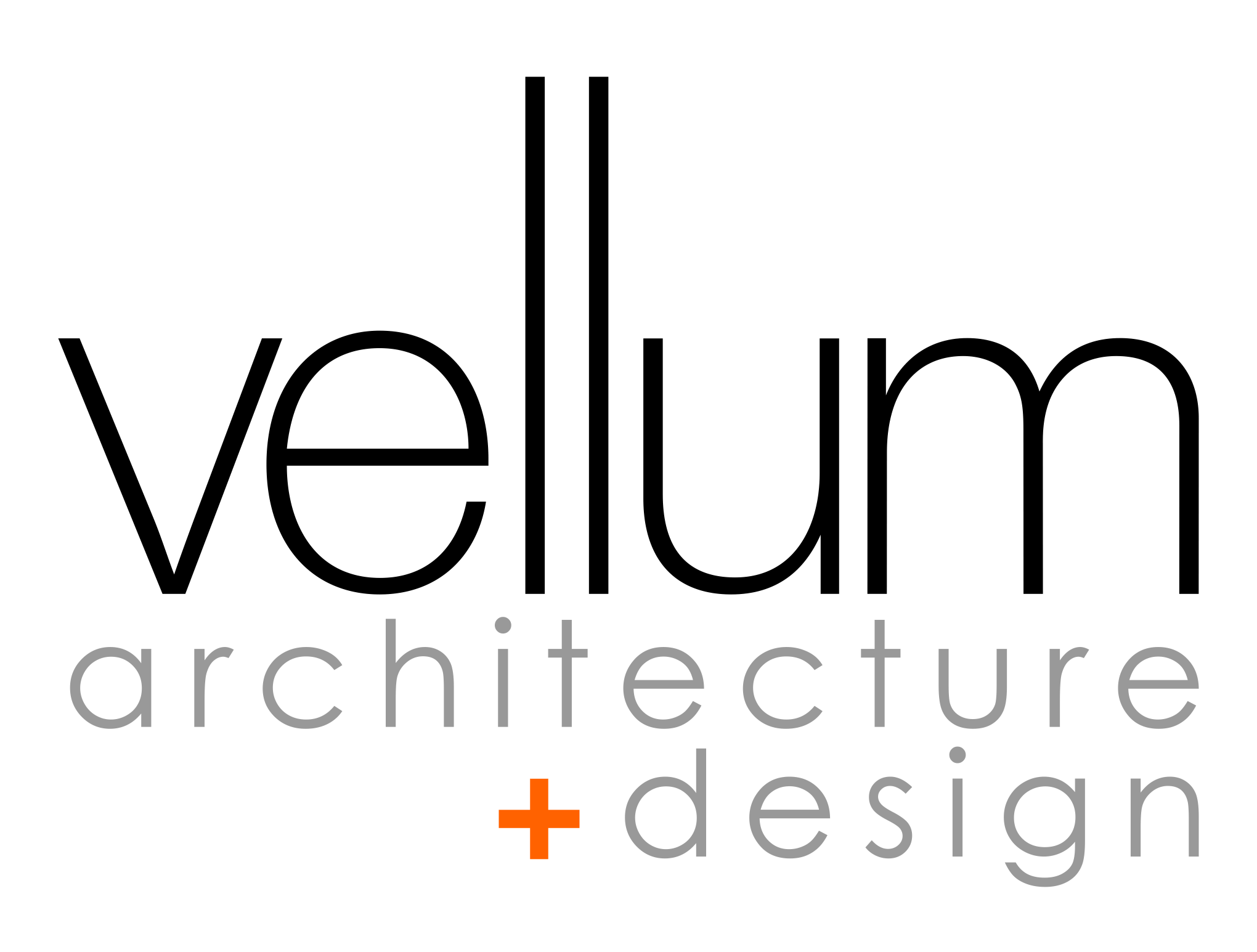
CLT and BIM: Finding Synergy in Two Evolving Technologies
CLT and BIM
CLT and BIM – Over the last thirty years, many new technologies have revolutionized the design and construction industries. In the 1990s CAD, or Computer Aided Drafting, replaced the traditional way of drawing that had been utilized for centuries.
CAD provided vast improvements in efficiencies and opened new doors to how architects used computers in their process. This technology has continued to evolve and again is poised to revolutionize the way we design buildings. Previous articles in this series have explored the ways in which CLT is transforming timber into a viable and versatile material.
As with any relatively novel material, the recent rise of Cross Laminated Timber (CLT) as a competitive construction material poses significant implications for design development and construction methodologies.
Like CLT, Building Information Modeling (BIM) is a young and evolving tool. This technology opens up massive opportunities in the architecture, engineering, and construction industries. Here are some reasons why CLT and BIM technology are a perfect match.
What is BIM technology?
To put it simply, BIM streamlines the different information needed by a building’s various stakeholders – architects, engineers, clients, suppliers, and builders, into a single digital model. The technology is relatively young, and as it evolves over time, it likewise shapes our built environment. At the core of BIM is collaboration, as it allows all the parties involved in the construction process to share data. This data is embodied within actionable BIM objects.
What is a BIM object?
Capitalizing on the potential synergies of CLT and BIM requires an understanding of what exactly a BIM object is. A quick description is that they are components in a model that represent an object’s physical and visual characteristics while storing data such as relevant specifications and IFC properties. BIM objects allow consistency and coordination across different parties during the entire process because of the concept of digital twins.
Digital Twins: The Backbone of Future Production
A digital twin is a digital representation of a physical object. For example, a physical piece of CLT exists in the digital world through a BIM object. Digital twins use modeling to produce digital partners for physical objects. This pairing enables efficiency and accuracy by becoming a backbone for prefabrication. In construction, digital twins are used to creating exact replicas of objects. Digital twins are able to complement modular construction by accounting for the behaviors and processes involved in construction.
The Roles of CLT and BIM in Applying Digital Twins to Construction
Digital twins require very precise manufacturing and construction, an area that CLT excels at. Since CLT is manufactured wood, it can easily be configured to fit the requirements of a project. Digital twins enable prefabrication and modular process in construction. When the right pieces are brought on-site on time and fit in the right places, the entire process becomes a lot more seamless.
Moving Towards a Leaner and More Efficient Construction Process
CLT and BIM complement each other as they both aim to improve productivity, accuracy, and efficiency. CLT removes on-site construction time, as they are manufactured off-site. Modelling these CLT panels through BIM programs such as Revit and ArchiCad – technology which Vellum integrates into their design process enables manufacturing precision to a most minute millimeter.
The potential of 3D modeling through BIM programs can make the work of building less complicated. For instance, having accurate BIM objects of CLT panels can render assembly on site seamless and efficient. This can greatly cut down not only construction costs but also construction time and labor.
BIM facilitates the inherent multidisciplinarity of modular construction. BIM works by streamlining the process of collective thinking involved in design work. In this way, new construction technologies such as CLT are truly great allies to the BIM project methodology.
At Vellum, we are passionate and embrace innovation. Our design team design build team works with a shared Digital Twin Model that integrates and coordinates the building design and systems and enables the offsite digital fabrication. This design process excels in delivering you the best design solutions for your needs.




